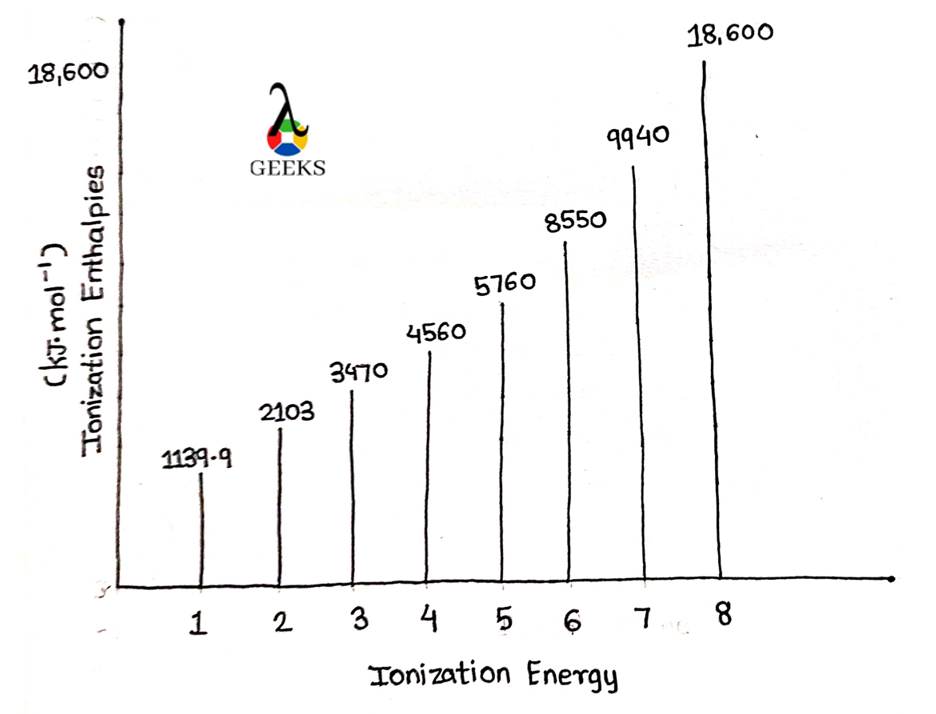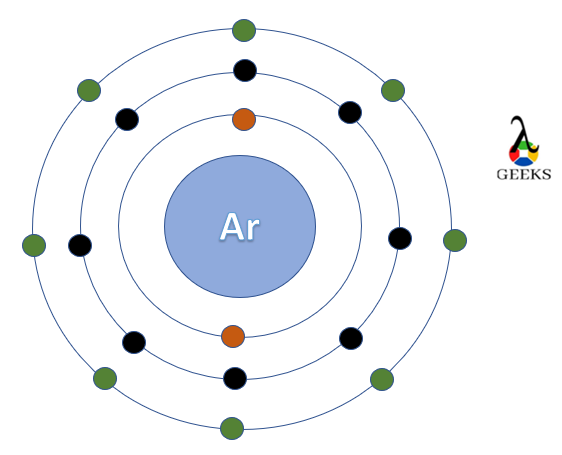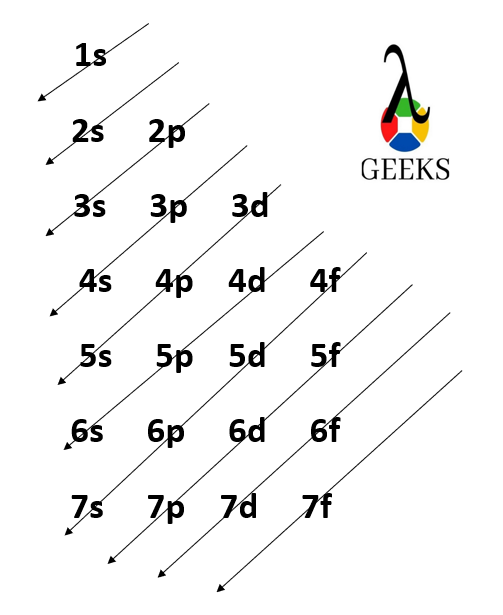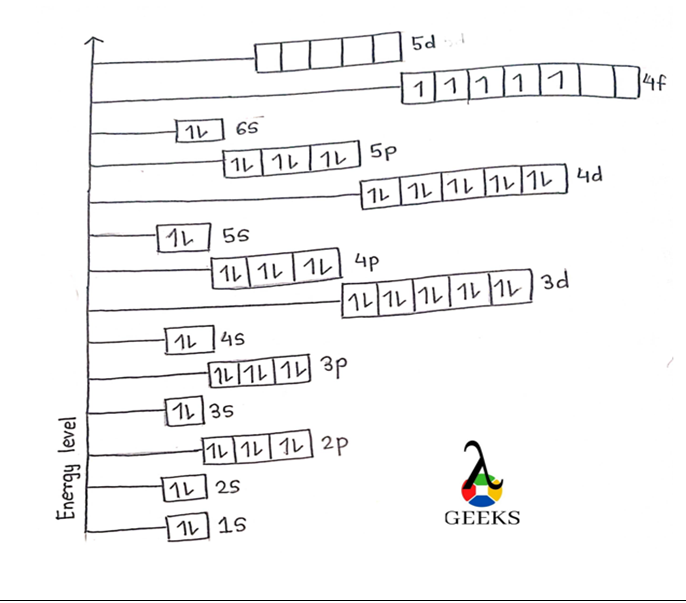13 Facts on Bromine Electronegativity & Ionization Energy
Bromine (Br) is a halogen with atomic number 35 & atomic mass of 79.904 u. Let us go through some salient properties of Br in the below article. The electronegativity value for Br is 2.96 and has a mediocre value for ionization energy. Br is one of the most reactive elements. Br is a red-brown … Read more



